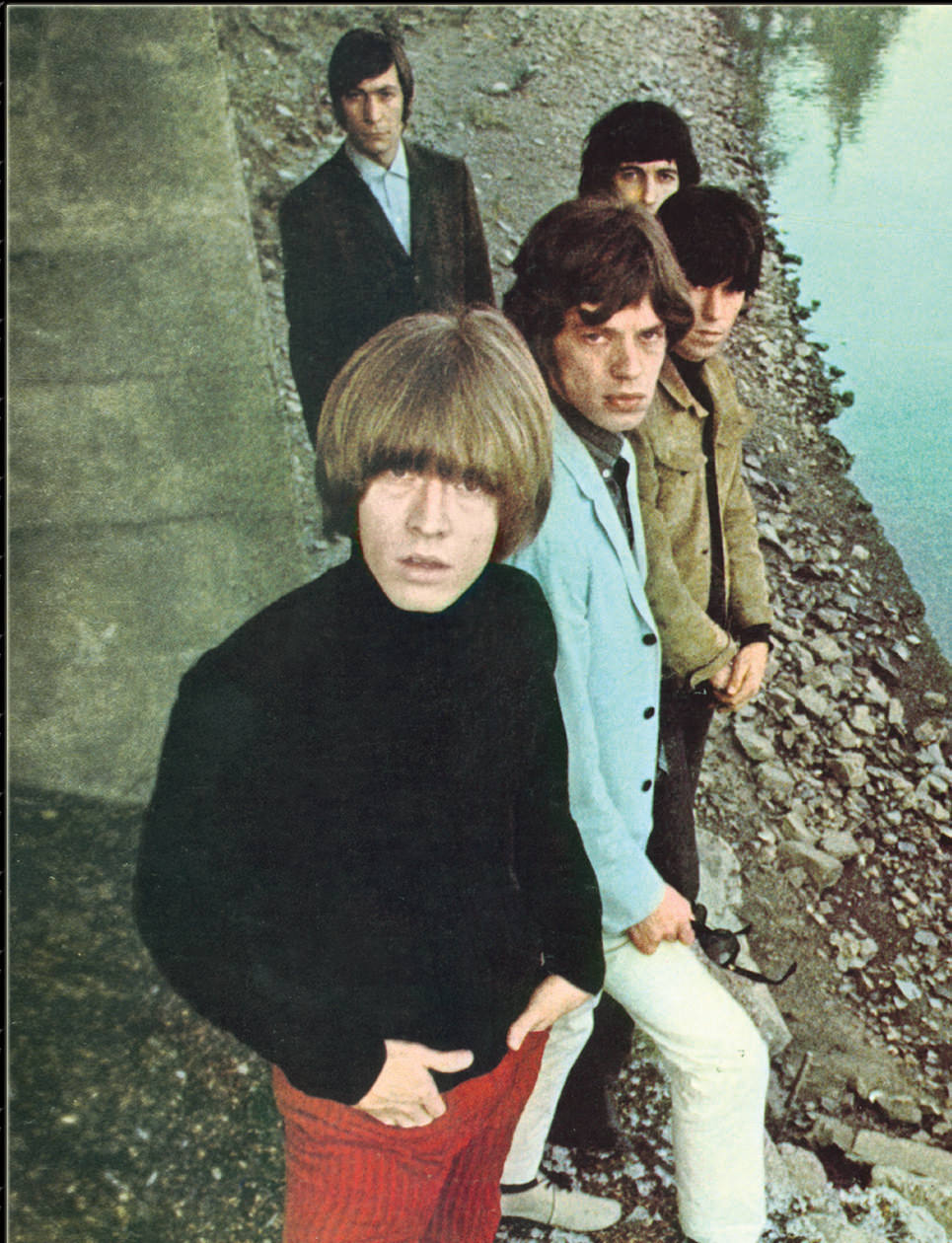-

-
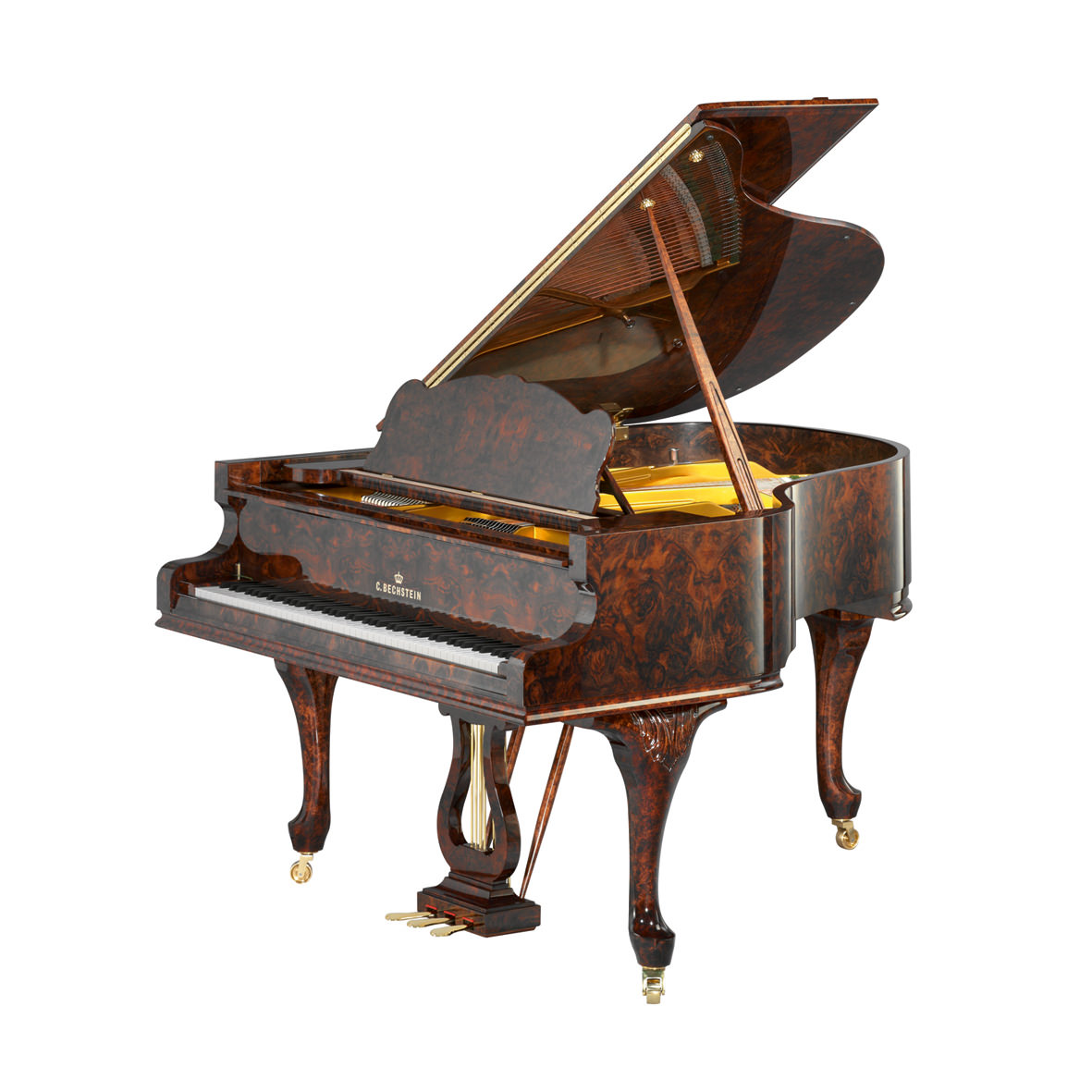
The grand C. Bechstein L 167.
-
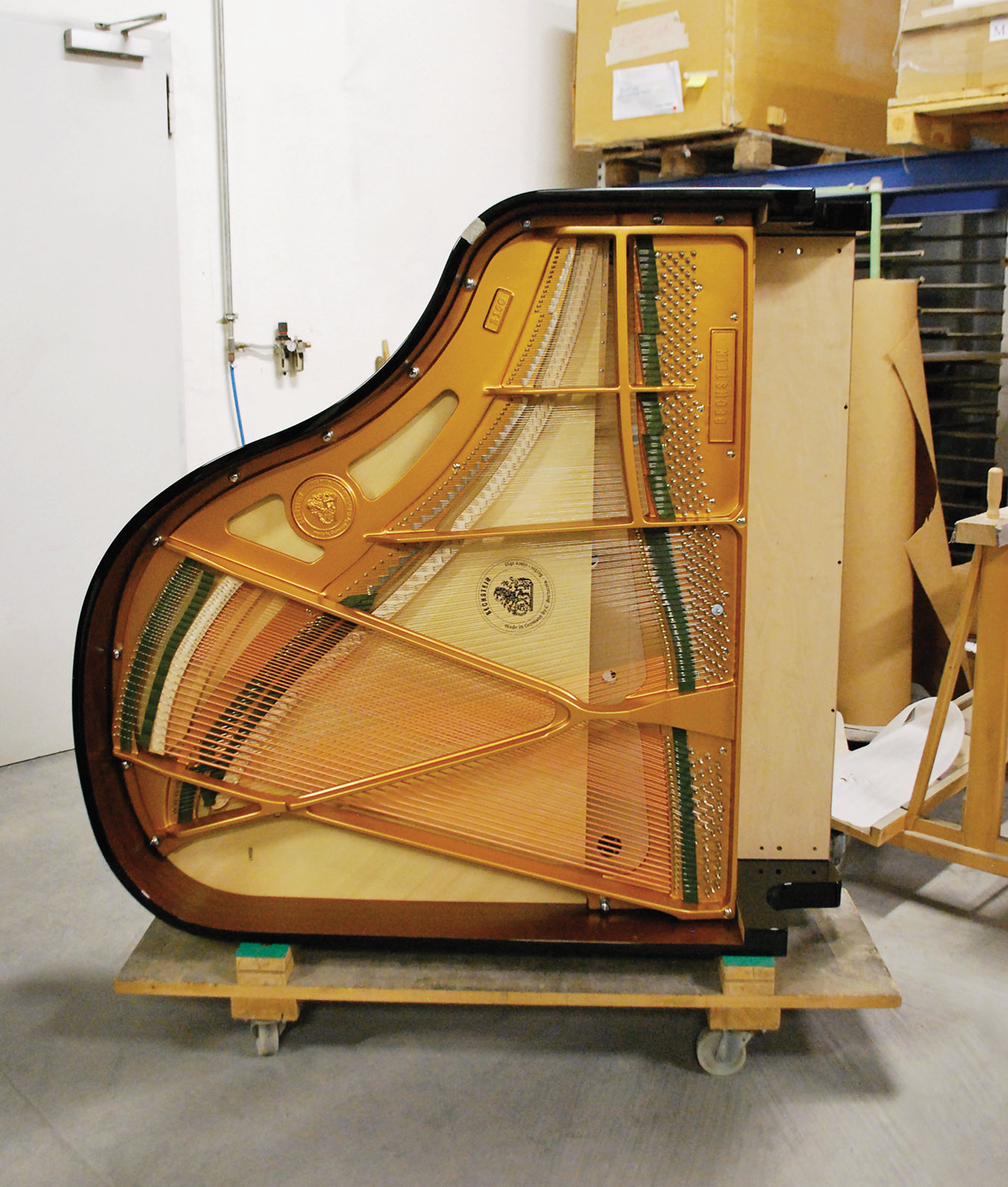
-
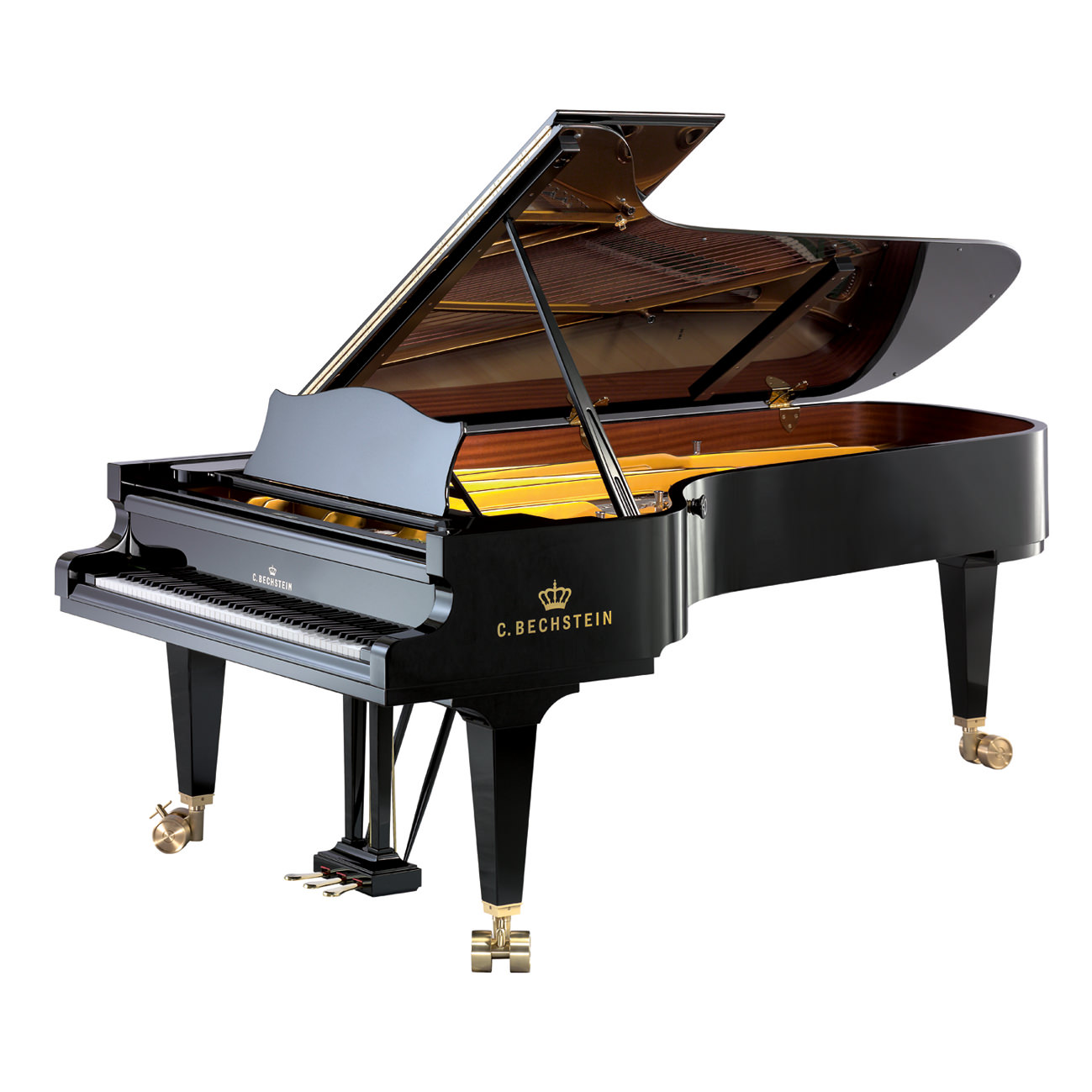
The grand C. Bechstein D 282.
-
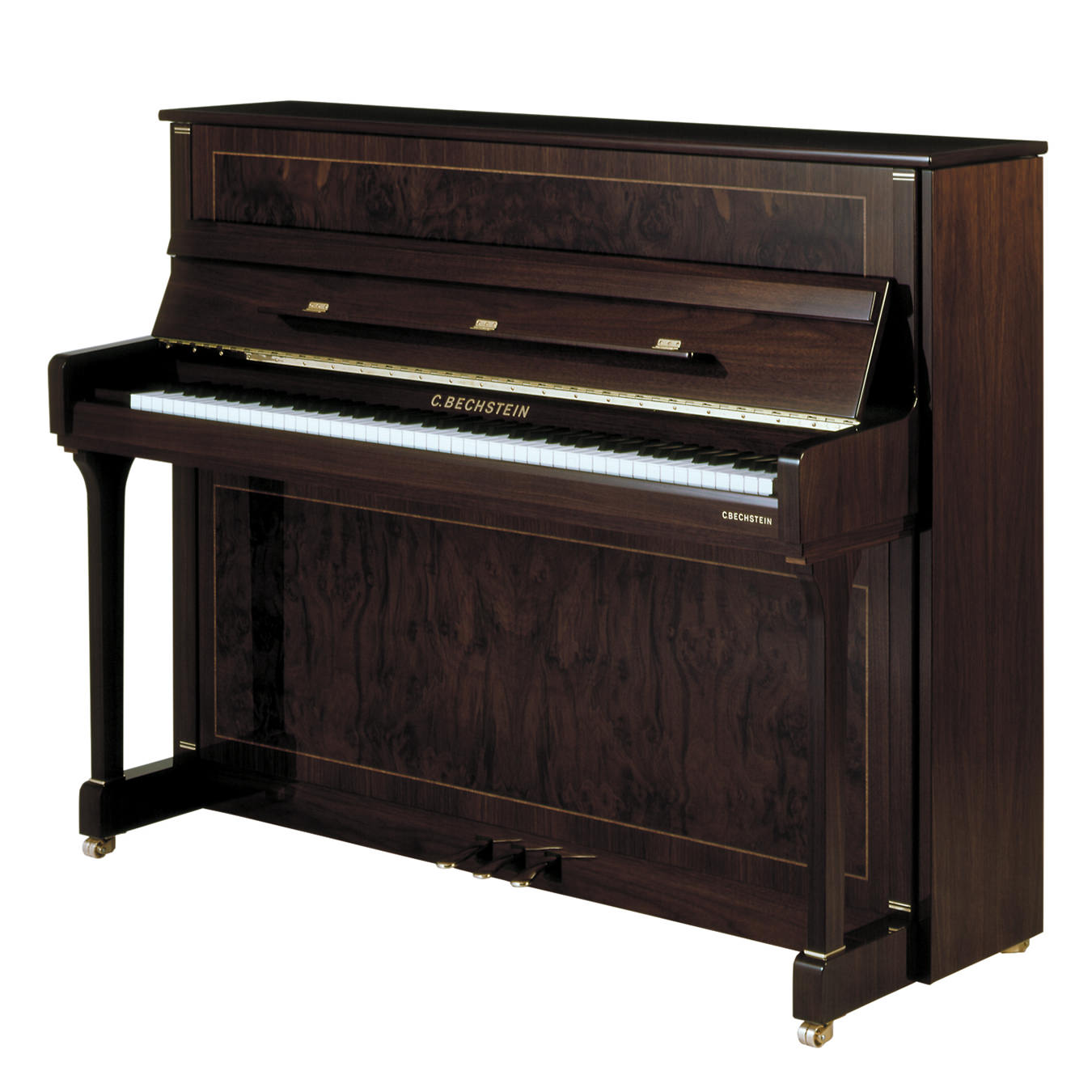
The upright C. Bechstein Classic 118.
-
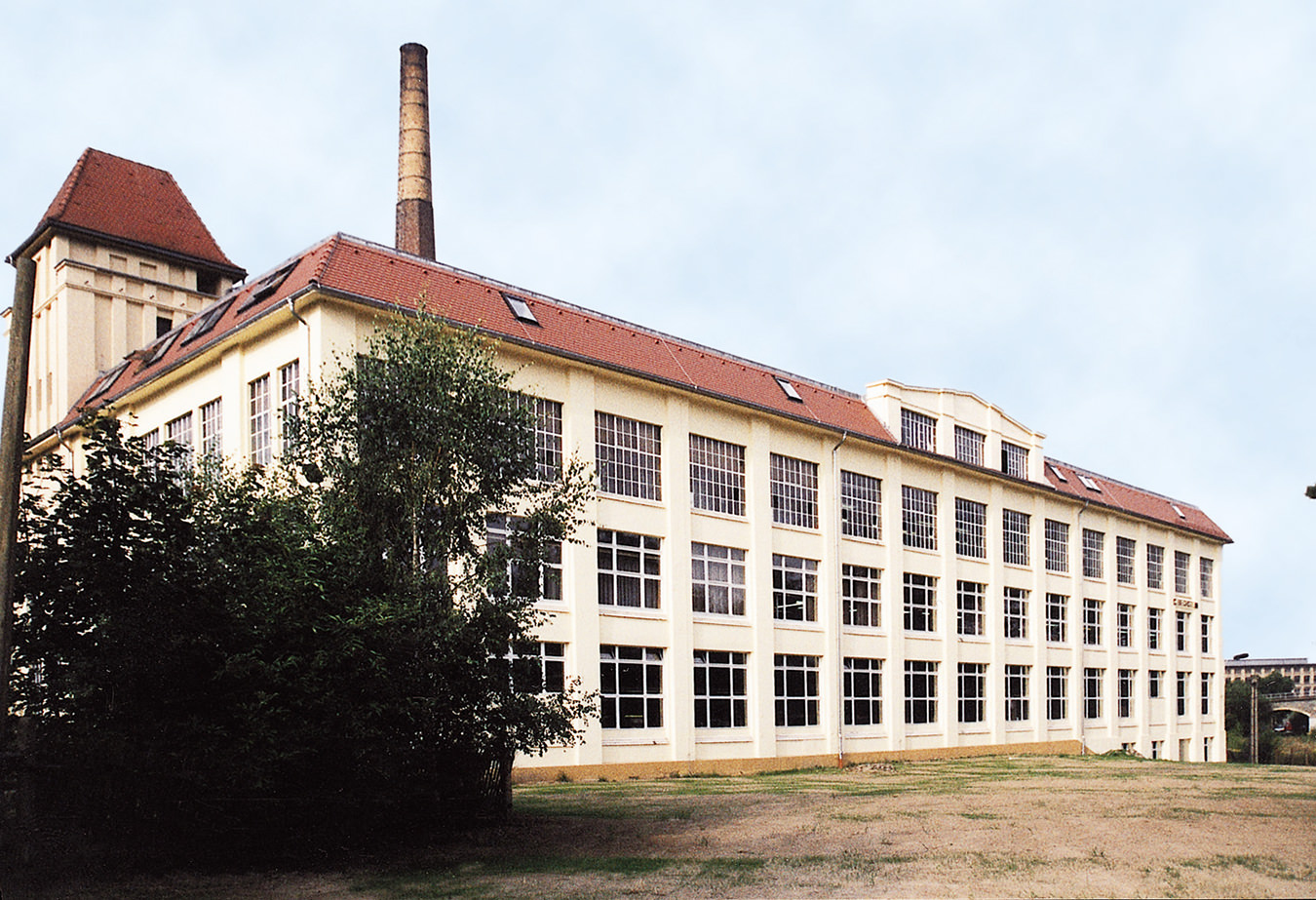
-

The grand Bechstein B 190.
Germany’s C. Bechstein Pianos
Keys to the kingdom.
The sound emanating from within C. Bechstein’s piano factory in the sleepy German town of Seifhennersdorf, Saxony, is a cacophony of keys being tested, the guttural sawing of wood, and, at one workbench, a radio softly playing American pop music. Only when a door opens up to a tuning room does a Mozart-like concerto fill the air.
“Music is our business, nothing else,” says the company’s technical director, Leonardo Duricic, during a visit to the workshop, the air stinging with the scent of lacquer and wood. C. Bechstein is renowned for its German engineering and over-a-century-old tradition of maintaining many of the principles of craftsmanship that were around in 1853. That’s the year Carl Bechstein began building instruments in an era that some call “the golden age of the piano.” The company was born in Berlin, where its headquarters remain, though its factory relocated a few times before reaching its current, idyllic resting place.
As with any great company, the very lifeblood of C. Bechstein is its dedicated team, in this case 150 master craftspeople and technicians. Almost 80 per cent of all work is done by hand, and each piano takes hundreds of individual steps to get just right. “I assemble masterpieces,” says Falko Strohbach, a craftsman who has been with the company since 1978. “I find it particularly stimulating to build a perfect whole from a set of components that have been carefully produced in the company’s various departments.”
Those components require perfectionists, critical to a labour-intensive process that turns out 10 different grand piano models and 11 uprights (under two labels, Bechstein and C. Bechstein), all of which are built up from a cast-iron frame—the skeleton. For most, a wooden frame comes next, carved from high-altitude Italian Alps spruce. (These must be able to maintain a particular humidity, and thus the trees are only cut in November so the wood doesn’t expand in the summer heat.) Spruce is used for the soundboard; German copper beech for parts that need extra hardness, like the outer rim; and hornbeam wood for the piano’s top.
“Wood is one of the most wonderful materials nature has,” says Duricic. “Each type has a specific function, and we are very selective—if anything doesn’t correspond to our specifications, it is simply sent back.” Consistency is not just an option, it is a rule; so is individualism. “Each piano is different from any other piano we make,” says Duricic. “Only if you do this type of handiwork can you can get its full potential.”
When it comes to design, C. Bechstein allows its customers to belie tradition just a little. “One family, in Moscow, wanted a bright pink piano for their daughter, and we have a Dutch customer who wanted his grand piano painted with angels,” says Duricic. “There is really nothing we cannot do, but above all else, a piano has to sing, and react to each finger that plays it. Otherwise, we have not met our goal.” He adds, “Pianos can be misunderstood as a luxury item, but really it is more: it is a part of our life, of our culture.”


